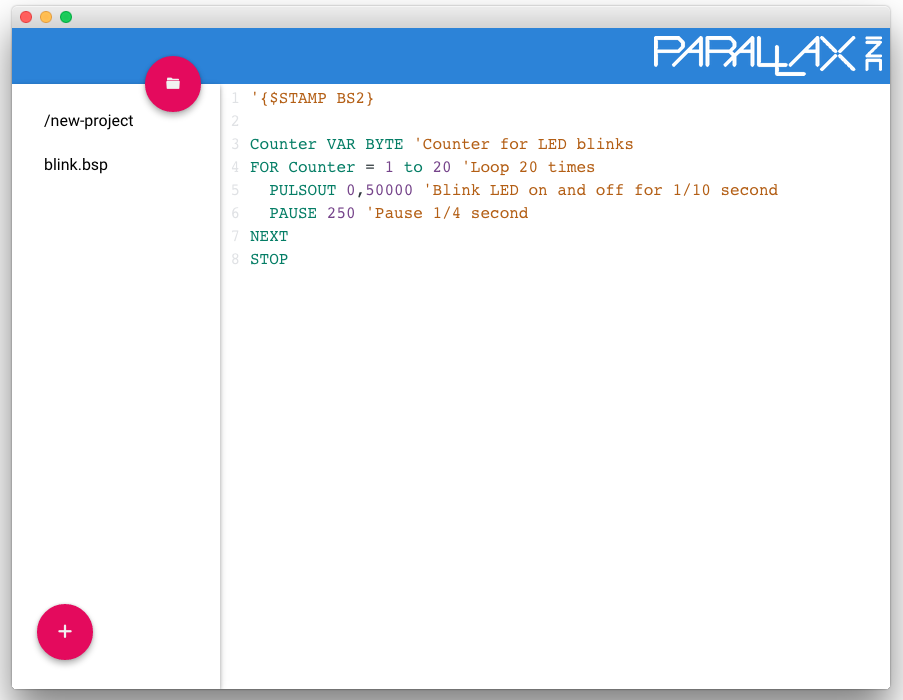I'm adding codebender's stuff here:
- codebender.cc is a Cloud IDE for Arduino with 90,000 users, which allows people to write code & program their Arduino-based embedded devices over Serial (& USB) using Chrome.serial, Chrome.USB, and an NPAPI plugin for Firefox. Features relevant to this discussion are:
- A generic Serial Monitor that talks to Serial devices such as Arduinos, CISCO Routers' Terminal ports, 3D Printers
- Flashing protocols for Arduino (stk500, stk500v2, avr90)
- Flashing protocols for various chip vendors like Atmel, Microchip, Dialog, Espressif
- graphite.codebender.cc is a Graph interface built on top of the Serial Monitor for Serial devices that output sensor values from the environment - (Example)
- BabelFish (internal, soon to be open-sourced) is our suite of a javascript library & browser plugins that translate the various APIs for Serial & USB access such as chrome.serial, our Firefox NPAPI plugin, and the node.js serial plugin, into one abstracted API similar to the chrome.serial API, so that developers can write applications that works with any browser that can talk to serial devices without having to care about each implementation








I'm opening this issue to collect known use cases of apps using the chrome SerialPort api, electron + node serialport and any other arrangements of technologies to get a serial port working with web technologies.
From user support of node SerialPort I know of a few use cases off the top of my head. I apologize in advance for not having links for most of these applications.
I want to note that the npm package
serialportis currently in the top 1-2% of all npm packages so there's bound to be a lot being built that we don't know about.Hardware ranges from custom usb devices to generic "virtual Serial Ports" (ftdi based for example) with a heavy slant towards the generic.